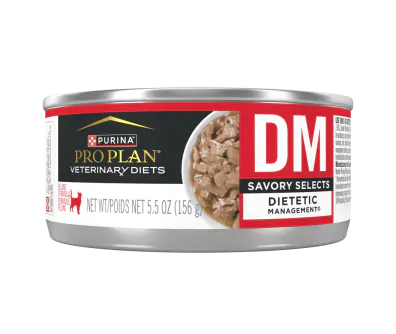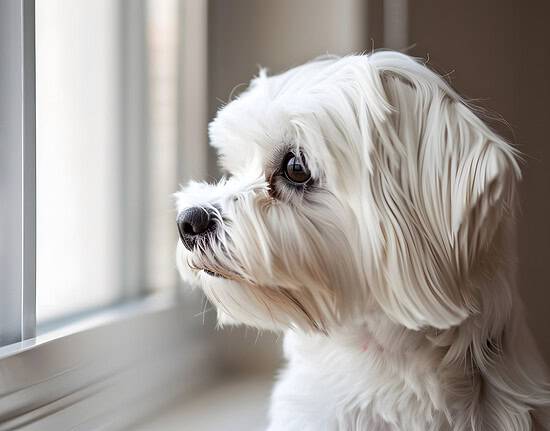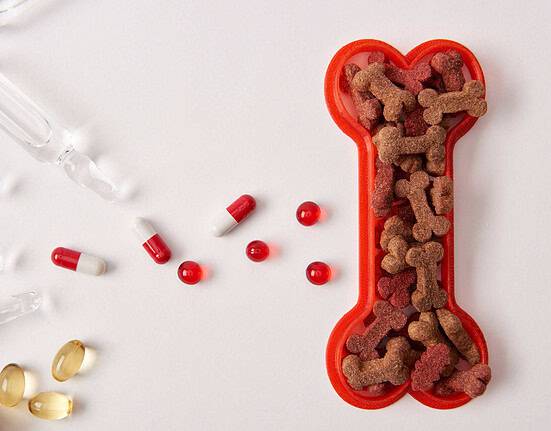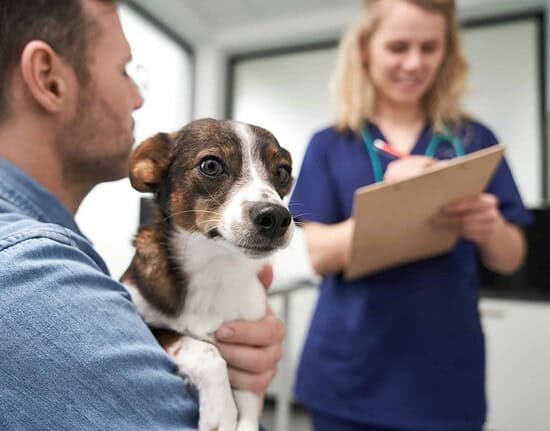Last updated on August 14th, 2025 at 12:17 am
Has your diabetic cat suddenly stopped eating?
For most cats, skipping a meal might just be a quirk—but for a cat with diabetes, it can be a red flag for something serious. Their appetite is closely tied to blood sugar control, and even a short fast can trigger dangerous complications.
As a veterinarian, I’ve treated many diabetic cats who lost their appetite due to problems like pancreatitis, infections, or diabetic ketoacidosis—conditions that can become life-threatening without prompt care.
If you’re facing this situation, you’re probably wondering why it’s happening and what you should do next. In this guide, I’ll cover the most common reasons a diabetic cat might refuse food, when to call your vet, and practical steps you can take right now to get them eating again.
Why Eating Matters So Much for Diabetic Cats
Diabetic cats can’t afford to skip meals. Regular, steady food intake is what keeps their blood sugar in a safe range. When they stop eating, things can swing out of control fast—blood sugar can crash too low (hypoglycemia) or spike too high (hyperglycemia), and both can be dangerous.
That’s why I always tell pet parents to keep a close eye on their cat’s appetite—it’s one of the clearest windows into how well their diabetes is being managed.
Possible Reasons Why a Diabetic Cat Might Stop Eating
There are several reasons why your diabetic cat may not be eating:
- They’re just not into the food. Cats can be surprisingly picky. A sudden diet change or boredom with their current food can trigger a hunger strike.
- Diabetes isn’t under control. If their blood sugar is way off, serious complications like diabetic ketoacidosis (DKA) can develop, causing nausea and a total loss of appetite.
- They’re feeling sick or in pain. Dental disease, tummy troubles, infections, and other illnesses can make eating uncomfortable or unappealing.
- Stress is getting to them. Getting insulin shots twice a day or taking oral medication can be stressful for some cats, and that stress alone might make them back away from their food.
Pancreatitis – A Common Culprit Behind Appetite Loss
One of the more serious reasons a diabetic cat might stop eating is pancreatitis—inflammation of the pancreas. This little organ does big jobs: it helps with digestion and produces insulin. When it’s inflamed, both of those systems take a hit.
In cats, pancreatitis can pop up suddenly (acute) or smolder along for months (chronic). It’s tricky to diagnose because the signs—like vomiting, lethargy, abdominal pain, and a big drop in appetite—can be vague or mistaken for other issues.
For diabetic cats, pancreatitis is extra concerning because any disruption to the pancreas can throw blood sugar control into chaos. I’ve seen diabetic cats come in for not eating, only to find that pancreatitis was the underlying problem.
If your cat isn’t eating and you’re seeing these signs, don’t wait—get them to the vet. Treatment focuses on keeping them comfortable, supporting them with anti-vomiting medications, IV fluids and nutrition, and keeping a close eye on blood glucose levels while they recover.
Could Your Diabetic Cat Have Diabetic Ketoacidosis (DKA)?
Diabetic ketoacidosis—DKA for short—is one of the most dangerous complications I see in diabetic cats, and it often happens when they stop eating. Without enough food, their body doesn’t get the glucose it needs for energy. Instead, it starts breaking down fat, which produces ketones. Too many ketones make the blood acidic, and that can quickly turn into a life-threatening emergency.
Signs of DKA can include vomiting, diarrhea, extreme tiredness, dehydration, and even a fruity smell on the breath. If your diabetic cat isn’t eating and you notice any of these symptoms, seek emergency veterinary care immediately.
Treatment usually means a hospital stay with IV fluids, electrolyte support, insulin therapy, and very close monitoring until they’re stable again.
Can Not Eating Lead to Hepatic Lipidosis?
Yes—and it’s a big risk, especially for overweight cats. If a cat goes without food for too long (typically 3 days), their body starts breaking down fat too quickly for the liver to process. This can lead to feline hepatic lipidosis, also called fatty liver disease—a life-threatening condition that can develop in just a few days.
Cats with hepatic lipidosis often need intensive veterinary care, and many require a feeding tube to safely get the nutrition they need while their liver recovers. If your diabetic cat hasn’t eaten for more than 24 hours, it’s time to call your vet right away.
What to Do If Your Diabetic Cat Isn’t Eating
When a diabetic cat refuses food, it’s not something to “wait and see”—especially if they’re also showing signs of illness. As a veterinarian, I’ve treated many diabetic cats who stopped eating, and in some cases, it was the first sign of a serious problem. If your cat isn’t eating, I usually advise holding off on insulin until you’ve spoken to your vet, because giving it without food can cause a dangerous drop in blood sugar.
Here’s what I recommend:
Call your veterinarian first. They can check for underlying issues like infections, dental pain, pancreatitis, or complications from diabetes. Sometimes we need bloodwork, imaging like abdominal x-rays or ultrasound, or even hospitalization to get them stable again.
Watch for other red flags. Vomiting, diarrhea, lethargy, and weight loss are all signs that this is more than just pickiness—and it’s time for urgent care.
Tempt them with food. Try warming their usual food, adding a diabetic-friendly topper, switching textures, or offering a different (vet-approved) flavor. Wet food is often more appealing than dry and also helps with hydration.
I usually recommend something like this – Purina Pro Plan’s Diabetic Management Savory Selects.
Create a calm environment. Stress from twice-daily injections, oral meds, or household changes can put cats off their food. Give them a quiet place to eat and keep mealtimes consistent.
Ask about appetite stimulants. If your vet rules out a medical cause, medications like mirtazapine or capromorelin can safely boost appetite in many cats.
WHAT NOT TO DO- Avoid force-feeding or drastically changing their diet without veterinary guidance—both can make the situation worse, especially in diabetic cats.
Even small changes—like warming the food or adjusting the texture—can sometimes make the difference between a cat refusing food and eating enough to keep their diabetes stable.
When to Seek Emergency Care
If your diabetic cat has not eaten for more than 24 hours, or if they show signs of hypoglycemia (such as weakness, seizures, or collapse), seek emergency veterinary care immediately.
With diabetic cats, things can go downhill fast. Acting quickly can mean the difference between a simple fix and a hospital stay—or worse.
Veterinarian-Recommended Diets for Diabetic Cats
As a veterinarian, I often recommend specific diets to help manage diabetes in my feline patients. These diets are formulated to stabilize blood sugar levels and are lower in carbohydrates. Here are some that I frequently suggest:
Prescription Diets
Royal Canin Glycobalance – A prescription wet and dry food formulated to help manage blood sugar levels in diabetic cats.
Hill’s Prescription Diet m/d – A high-protein, low-carb diet designed to support glucose and weight management in cats with diabetes.
Purina Pro Plan Veterinary Diets DM (Diabetes Management) – A specially formulated diet rich in protein and low in carbohydrates to help control blood sugar levels in diabetic cats.
Non-prescription Diets
Fancy Feast – Try the get the chunky, classic, roasted or flaked varieties. Avoid marinated, medleys, gravies and sliced varieties.
9Lives – Pate only.
Sheba – Pate only.
IAMS – Many varieties are low in carbs
Wellness – Complete Health line is low in carbs.
Final Thoughts on Your Diabetic Cat Not Eating
If your diabetic cat isn’t eating, it’s something to take seriously and act on quickly. Sometimes it’s due to pancreatitis, DKA, or another health problem—and the sooner you figure out what’s going on, the better their chances of bouncing back.
Stay in touch with your vet, keep an eye on their appetite, and don’t ignore any changes in their behavior or energy. Those little details can make a big difference in keeping their diabetes under control.
And remember—you don’t have to handle this alone. Your vet team is there to help you through the tough moments so your cat can live a happy, healthy life, even with diabetes.
Posts You Might Also Like
Revolutionary Arthritis Injection Available for Cats




















Leave feedback about this